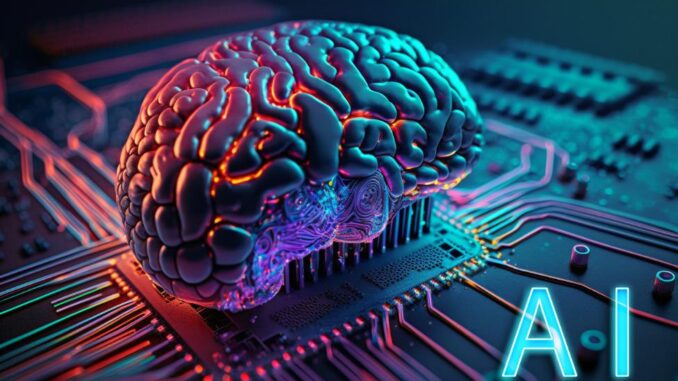
AI-driven tutoring systems represent a significant advancement in education technology, providing personalized learning experiences that cater to the individual needs,
preferences, and learning styles of students. Here’s an in-depth look at how these systems function and the benefits they offer:









### Key Features of AI-Driven Tutoring Systems
1. **Personalized Learning Pathways**:
– **Adaptive Learning**: AI systems can assess a student’s current knowledge level and learning pace. Based on this assessment, they create customized learning pathways, adjusting the difficulty and type of content delivered.
– **Tailored Exercises**: Students receive exercises and assessments specifically designed to target their strengths and weaknesses, ensuring a more effective learning process.
2. **Real-Time Feedback**:
– AI tutoring systems provide immediate feedback on assignments and quizzes, highlighting areas for improvement. This instant response helps learners understand concepts more fully and avoid incorrect practices.
3. **Data-Driven Insights**:
– These systems collect and analyze data on student performance over time. Educators can access these insights to track progress, identify trends, and adjust teaching strategies accordingly.
4. **Multi-Modal Learning**:
– AI-driven tutoring can incorporate various media and formats (videos, quizzes, interactive simulations) to accommodate different learning styles. This can help maintain student engagement and cater to visual, auditory, and kinesthetic learners.
5. **Natural Language Processing (NLP)**:
– Using NLP capabilities, AI tutors can understand and respond to student inquiries in natural language. Students can ask questions and receive explanations in a conversational format, making learning more interactive.
6. **Gamification**:
– Many AI tutoring systems incorporate game-like elements (points, badges, leaderboards) to motivate students and make learning more enjoyable while encouraging a sense of achievement.
### Benefits of AI-Driven Tutoring Systems
1. **Accessibility**:
– AI tutoring systems are available 24/7, allowing students to learn at their own pace and schedule, making education more accessible to those with varying commitments.
2. **Scalability**:
– These systems can accommodate a large number of students simultaneously, providing personalized attention to each learner without significant increases in educational resources.
3. **Enhancing Teacher Support**:
– AI tutors can handle routine questions and administrative tasks, allowing teachers to focus on more complex issues, such as fostering critical thinking and social-emotional skills.
4. **Fostering Student Engagement**:
– Personalization and interactive features keep students engaged and motivated, which can lead to improved academic outcomes.
5. **Identifying Learning Gaps**:
– With continuous assessment, AI tutoring systems can quickly identify learning gaps and provide targeted interventions, ensuring students receive the support they need to catch up.
### Real-World Examples
– **Khan Academy**: This platform utilizes AI to provide personalized practice exercises and instructional videos, adapting to each student’s learning needs.
– **Duolingo**: An AI-driven language learning app that personalizes lessons based on a learner’s progress and skill level, utilizing gamification strategies to keep learners motivated.
– **Coursera and edX**: These massive open online course (MOOC) platforms use AI to recommend courses and tailor learning experiences according to user behavior and preferences.
### Challenges and Considerations
– **Data Privacy**: Protecting student data is crucial, and systems must comply with regulations like GDPR or FERPA to ensure privacy and security.
– **Equity**: While AI-driven tutoring can enhance accessibility, there is a risk of exacerbating educational inequities if access to technology is uneven.
– **Role of Educators**: AI systems should complement traditional teaching methods rather than replace the human element of education, which plays a vital role in socialization and emotional development.
### Conclusion
AI-driven tutoring systems are revolutionizing personalized learning by leveraging artificial intelligence to tailor educational experiences to individual students. By offering adaptive learning paths, real-time feedback, and engaging content, these systems help enhance learning outcomes and support educators in creating more inclusive and effective educational environments. As technology continues to improve, the potential for AI in education will expand, paving the way for even more innovative and effective learning solutions.

Leave a Reply